Here are 13 Interesting Facts About Meteorites.
There have only been two confirmed cases of humans being hit by a meteorite. Statistically, there is a better chance of getting hit by a tornado, a bolt of lightning and a hurricane all at the same time.
214 million years ago Quebec was hit by a 5 km wide meteorite (fourth largest ever), which created a circular island surrounded by two crescent shaped lakes named Manicouagan Crater but known as the “Eye of Quebec”.
Meteorites that fell to Earth during a meteor shower in July of 2011 have been confirmed to be from Mars. The rocks, discovered in Morocco, were likely ejected off the surface of the planet during an ancient asteroid impact.

Excavation made by the researchers south of Cairo found strings of iron beads that they dated to an era thousands of years before Egypt’s Iron Age. Researchers finally concluded that the ancient Egyptians used these as jewelry and the iron came from meteorites.
Hoba, the largest known meteorite to have hit earth left no crater at all. Earth’s atmosphere slowed the object to the point of terminal velocity. The Hoba meteorite is also the most massive naturally occurring piece of Iron known on the Earth’s surface. It most likely ‘skipped’ across the earth’s atmosphere like a skipping stone, due to it being unusually flat on both major surfaces.
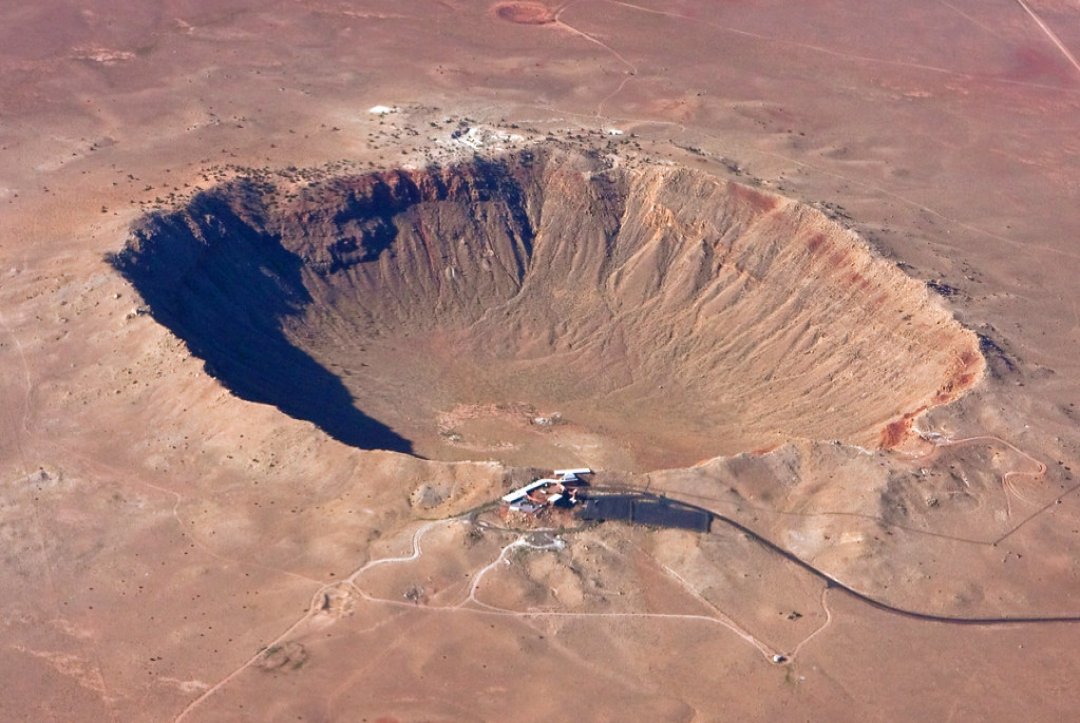
A rocky meteoroid needs to be larger than 25 m before it is likely to make it through the earth’s atmosphere and cause any damage. It needs to be larger than a kilometer or two before there will be any global effects.
Before life developed on earth, meteorites that fell on the planet brought reduced phosphorus. This allowed oxidation to phosphates, which provided a mechanism for the generation of DNA and RNA, a precursor for life on earth.
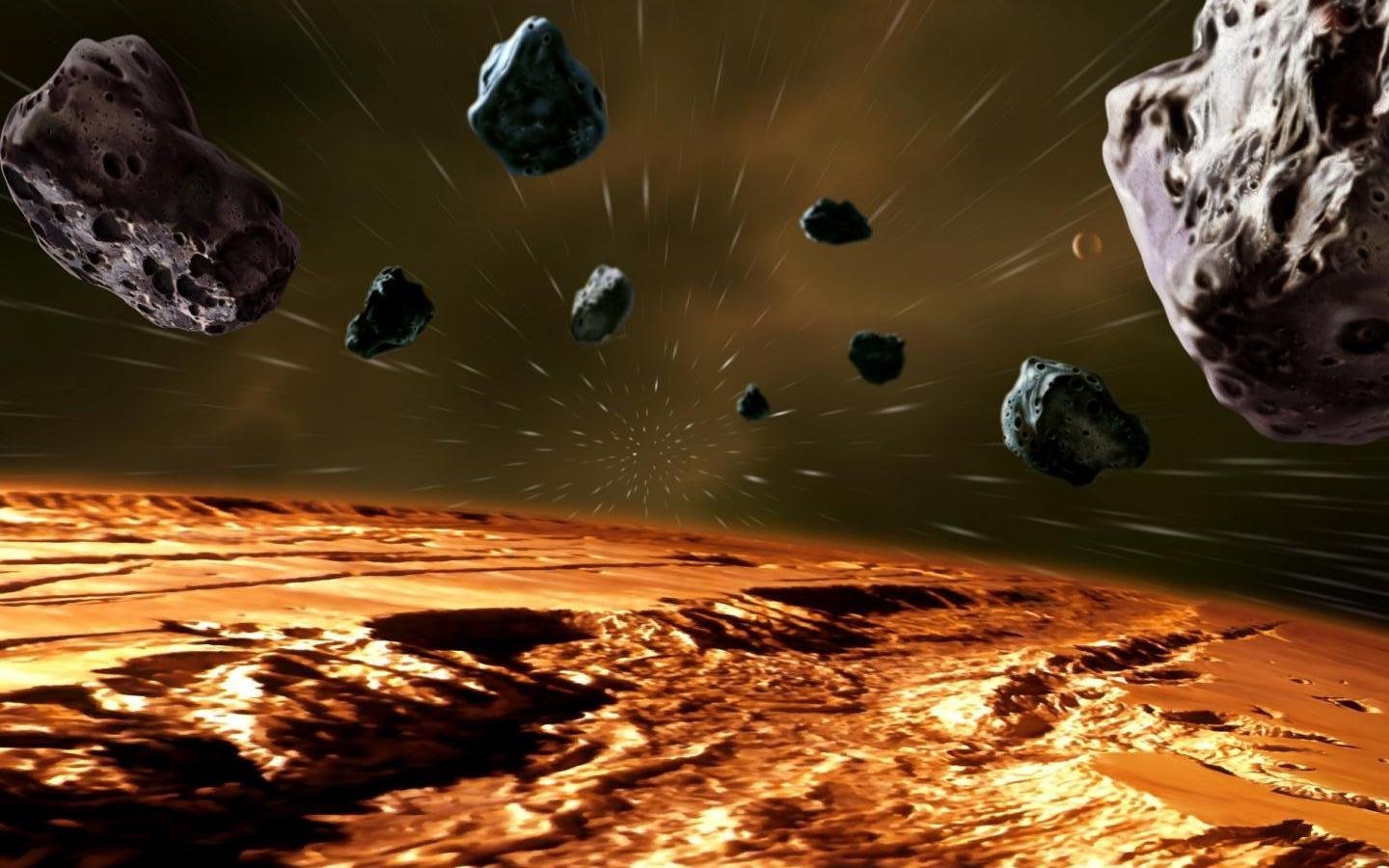
For centuries, the main source of metal to Greenland’s Inuits for making tools and harpoons was a 58-ton iron meteorite fragment.
An ancient statue that was recovered by a Nazi expedition to Tibet in the 1930s was originally carved from a highly valuable meteorite. It is believed to be part of the Chinga meteorite, which crashed about 15,000 years ago.

Meteorites are not necessarily hot when they reach the Earth. In fact, many meteorites are found with frost on them. A meteorite has been in the near-absolute zero temperature of space for billions of years, so the interior of it is very cold.
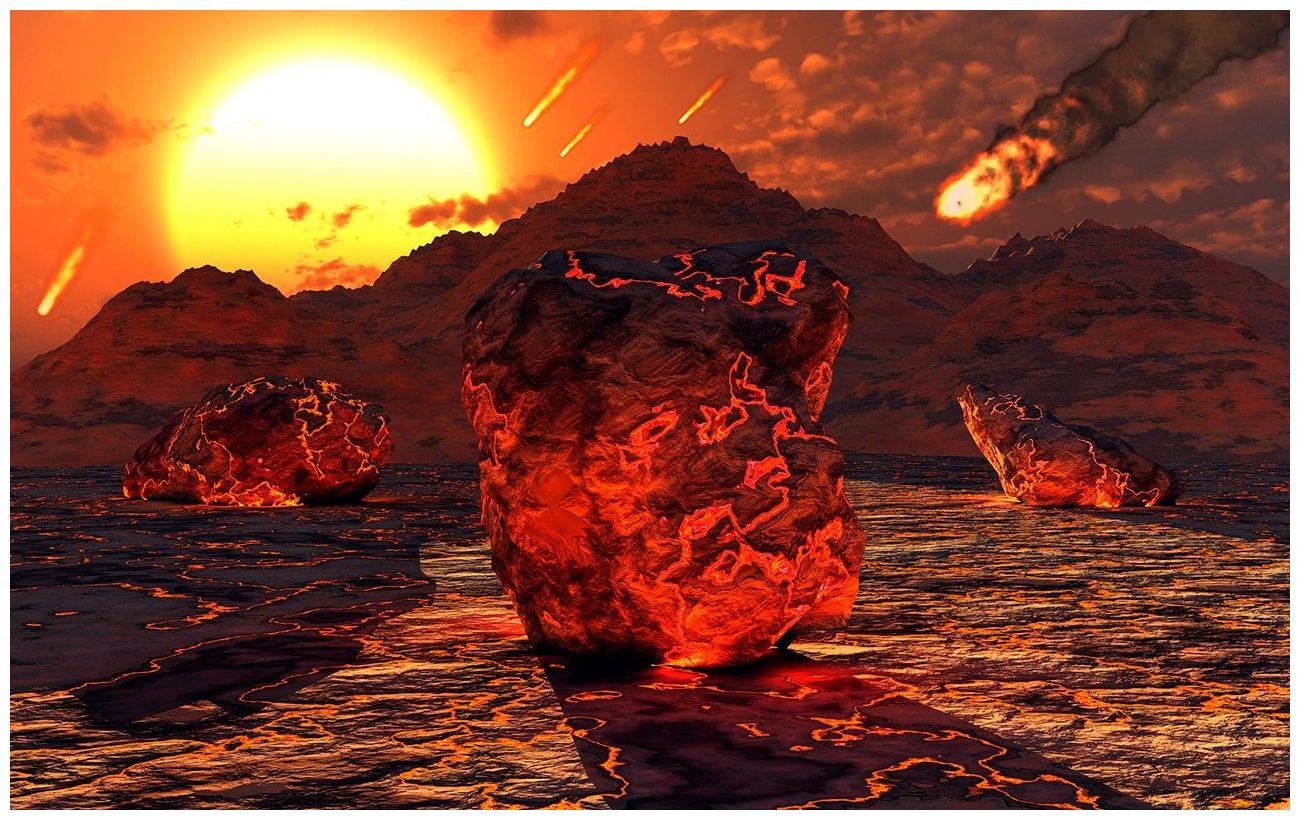
Fantasy author, Sir Terry Pratchett had his own sword forged out of iron ore than he dug out and several pieces of meteorites, when he was knighted. He also forged the sword himself. He hired an expert to tutor him through it, but did all the work himself.
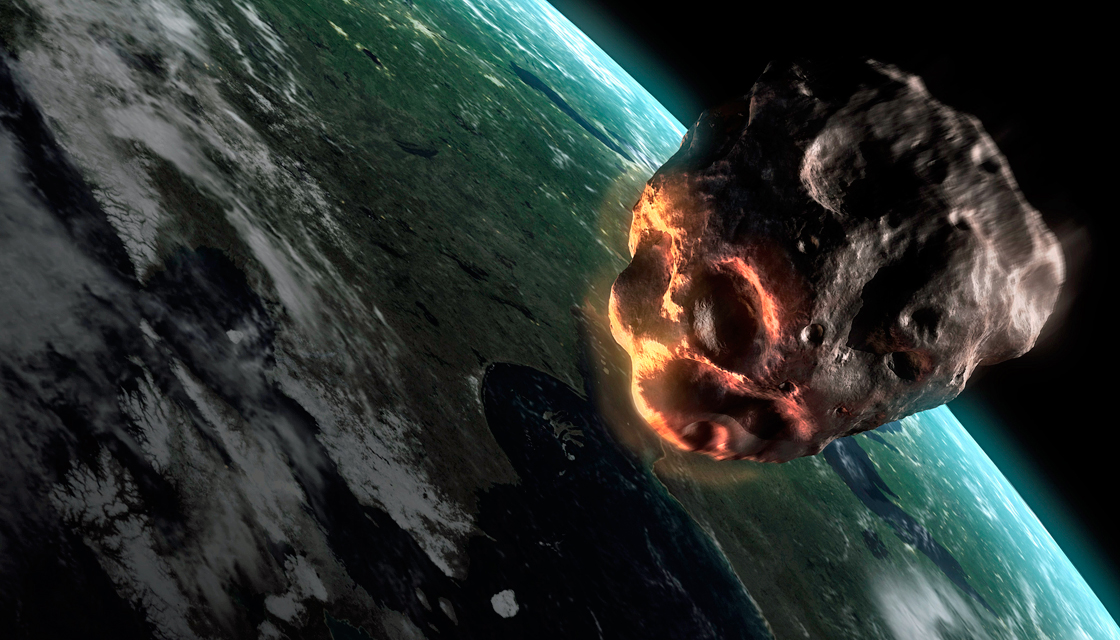
Satellites are programmed to avoid meteorites so that they don’t get destroyed. Of over 8,000 satellites orbiting the Earth, only one has ever been hit and destroyed by a meteorite.
On average, 33 metric tons (73,000 lbs) of meteoroids hit Earth every day, the vast majority of which harmlessly ablates (“burns up”) high in the atmosphere, never making it to the ground.
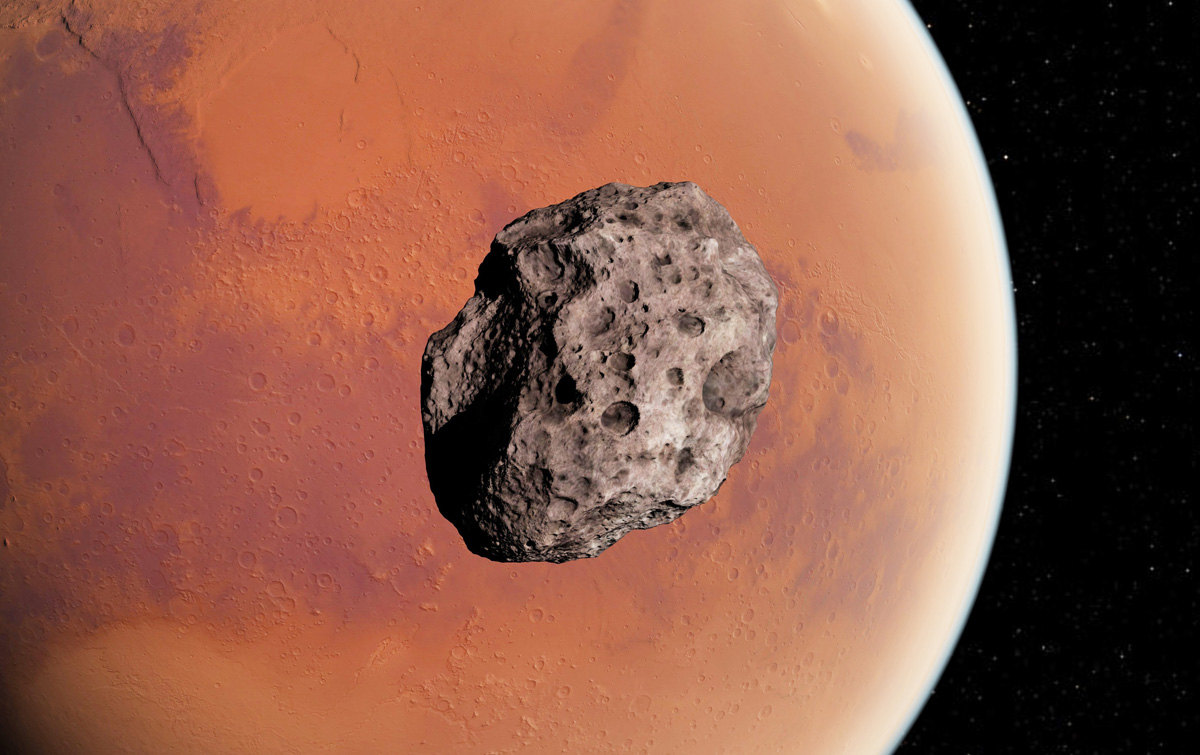




Related Posts
7 Interesting Facts About Running
7 Health Benefits of Laughing
5 Brilliant Facts About Rhinoceros Beetles